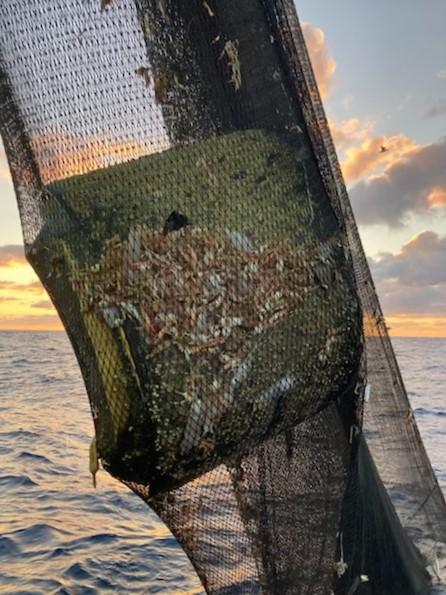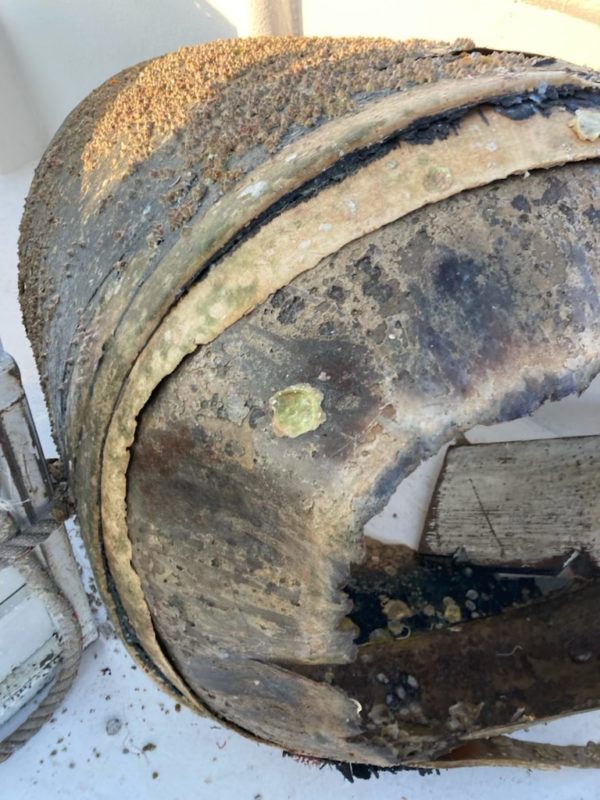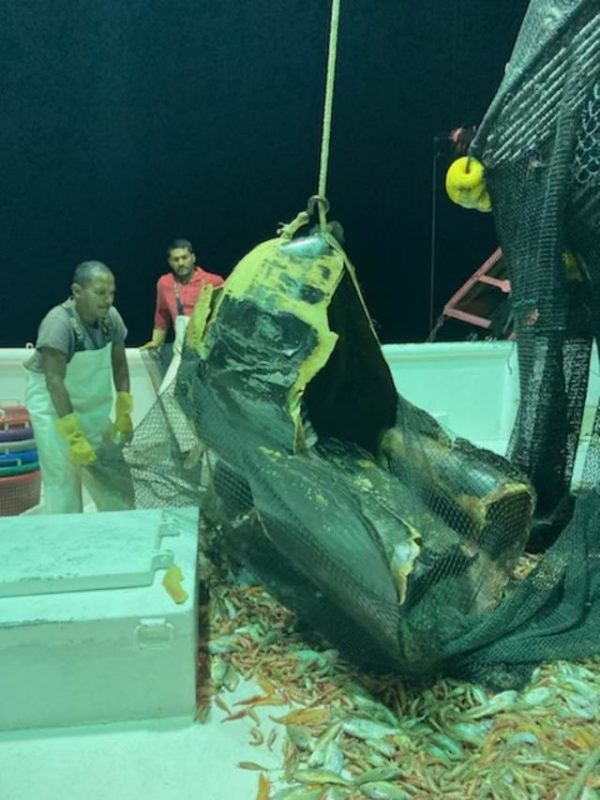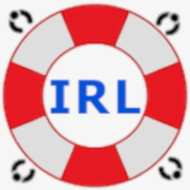By Laurilee Thompson
March 22, 2024
Laurilee Thompson is the fifth generation of her family to fish the Indian River lagoon (IRL) and the South Atlantic Coast. Her family are well known boat makers that were among the first to create molded fiberglass boat hulls. They pioneered the harvest and preparation of rock shrimp to serve in their Dixie Crossroads Seafood Restaurant in Titusville. From gill netting mullet as a teenager, to owner/captain of commercial offshore fishing boats, she is well versed in all aspects of the South Atlantic Coast Fishery.
Laurilee has provided the following comments on the upcoming United States Air Force (USAF) – National Aeronautical Space Administration (NASA) – SpaceX Starship Super Heavy Launch Operations at Cape Canaveral Space Force Station (CCSFS) Environmental Impact Statement (EIS).
To Whom It May Concern,
Thank you for the opportunity to comment on the EIS for SpaceX Starship-Super Heavy Operations at Cape Canaveral Space Force Station, Florida.
My comments pertain to the impact from space launches on the commercial and recreational fishing folks that are based out of Port Canaveral Florida, as well as impacts to a very fragile underwater environment that exists offshore of Cape Canaveral. They are applicable to the SpaceX Starship, as well as other rocket launches.
The increase in launches from Kennedy Space Center is presenting challenges that no one envisioned 20 years ago. The time/area closures associated with space launches are wreaking havoc for the fishermen when a large area is closed for hours before and after a launch. Boats cannot enter the closed area. The fines for doing so are very large. Communications regarding launches and closed areas are difficult to relay to the fishermen. Some fishermen stay offshore for a month, and they don’t know when a launch might occur as they are coming back to the Port. They may unknowingly stray through a closed area. Some captains come from other locations that don’t have closed areas for rocket launches and they have no clue they might enter a closed area.
The area closures have caused difficulties for the Kingfish and Spanish Mackerel fleets, resulting in lost fishing time. The captains cannot cross through the closed areas to get to where the fish are if the fish are hanging north of Canaveral Shoals. When fishermen cannot get to the fish, those fish remain uncaught. That results in smaller catches being reported to the National Marine Fisheries Service. Florida fishermen are in jeopardy of losing their allocations of fish to the states to our north if they do not catch their limits.
Currently we experience about a dozen area closures a month due to rocket launches. I understand that the goal is 300-400 rocket launches per year. When that happens, our ability to fish in areas near Port Canaveral will be lost unless there can be an exemption for small fishing vessels utilizing the closed areas. The chances of rocket debris hitting a small fishing boat are minimal.
Another result of rocket launches is accumulation of debris on the ocean bottom where we drag for shrimp. This has been an issue for many years. The fishermen have quietly dealt with it as debris encounters were rare in the beginning of the space age here. However, the frequency of encounters is increasing with the escalating launch cadence at Kennedy Space Center. The rocket debris tears up nets and causes lost fishing time for extraction of debris and repair of nets. The shrimpers lose their catch when the debris rips holes in their nets. It creates dangerous conditions for the crew when handling the debris as some of the rocket parts are quite large. Sometimes they lose an entire set of nets and doors and cables if the debris is too large to drag up to the surface. That’s a $40,000 bill to replace an entire set of gear.
The offshore waters from Sebastian to St Augustine are the only place in the world where the fragile Ivory Tree Coral (Oculina varicosa) grows in mounds that are more than 100 feet tall. Some of the largest mounds are offshore of Cape Canaveral. The rare coral is protected by NOAA as Essential Fish Habitat. The official name for it is the Oculina Habitat Area of Particular Concern (OHAPC).
See: Oculina Habitat Area of Particular Concern | NOAA Fisheries
The rock shrimpers drag on the inshore and offshore sides of the Oculina pinnacles. Rock shrimpers encounter rocket debris. If the rocket debris is falling into the areas where we fish for rock shrimp, then it is likely falling into the Oculina reef system as well. To protect the coral, trawling and anchoring are prohibited within the OHAPC. Yet, rocket parts may be falling into the coral. The specter of round rocket parts rolling around in the tide and crushing coral is deeply concerning as the Oculina Bank is the nursery ground for rock shrimp as well as a spawning area for many commercially and recreationally harvested finfish, including many species of snappers and groupers.
I attached some pictures of space debris that has been caught by rock shrimpers. You can see the rock shrimp that did not escape smashed in between the net and the rocket debris in a couple of pictures. In the last three images, you can see the size of one of the pieces. Imagine how dangerous it is with such large objects swinging from the rigging onboard a rocking rolling fishing vessel!
Following are some suggestions that will help reduce the burden on fishermen working out of Port Canaveral and protect the economically valuable and irreplaceable OHAPC Essential Fish Habitat.
- Allow commercial and recreational fishermen to sign a waiver releasing the government from any responsibility if a rocket part falls on them if they are in a closed area. The chances of rocket debris striking a small fishing vessel are extremely small. They are willing to take that risk so they can fish.
- Start a program to compensate fishermen for damage to equipment, lost fishing time and loss of catch when a fishing boat encounters space debris.
- Encourage fishermen to bring space debris to the dock when feasible rather than drop it back into the ocean to be caught again. A collection point can be established at Port Canaveral. A reward can be given to those who bring in debris. It will be far cheaper for the fishermen to bring space debris to the dock rather than the government hiring a salvage company to go out and collect the debris. The debris needs to be removed from the ocean bottom.
- Devise a better way to communicate with offshore vessels as to when and where an area is closed. Don’t extend the full window of closure if a launch is scrubbed. Open the area back up immediately.
- Reduce the amount of closure time before and after launches.
- Require rocket launching companies to make their rockets reusable and stop dropping their debris into the ocean.
Thanks again for the opportunity to comment.
Sincerely,
Laurilee Thompson
Atlantic Ocean Space Debris Images







There will be another opportunity for public comment when the USAF/NASA releases the upcoming Cape Canaveral Starship EIS.

